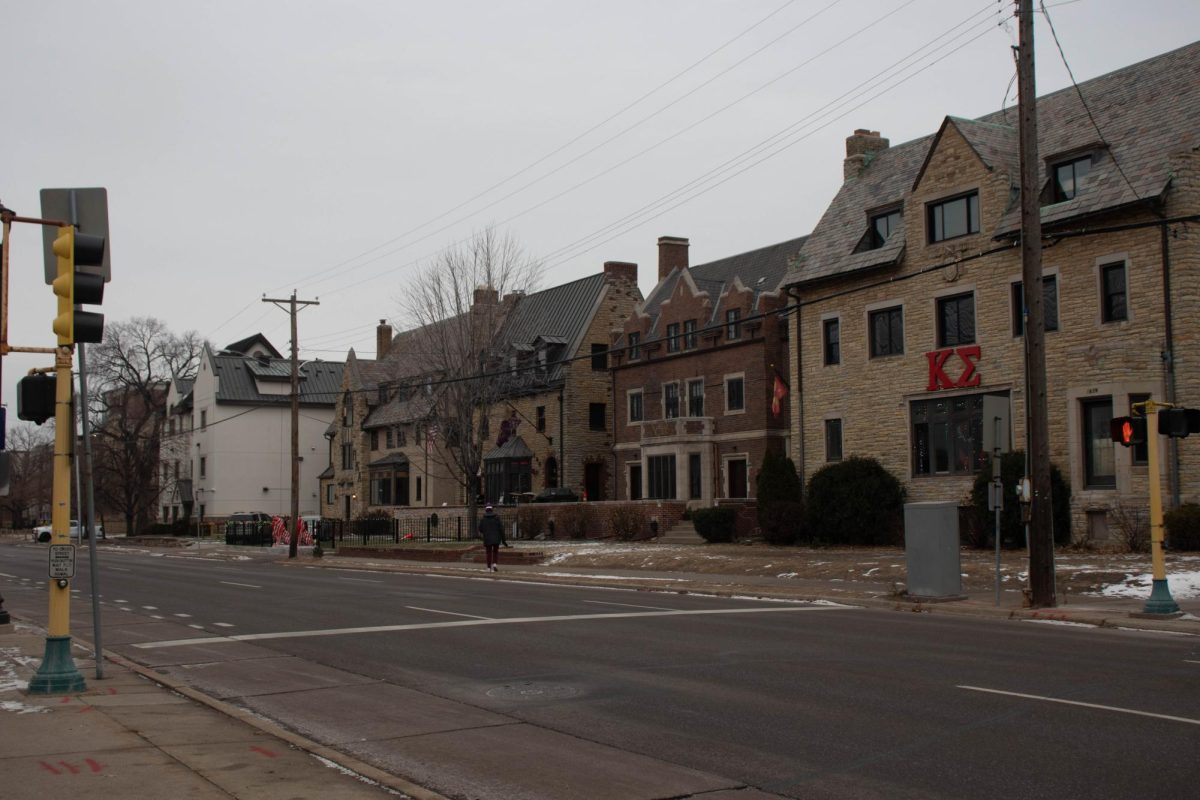The debate over General College has ebbed and flowed during the last few weeks, but is sure to heat up again when University President Bob Bruininks makes his recommendations to the Board of Regents today about reorganizing the University. No matter what Bruininks recommends, this much is clear: General College is not working as effectively as it should in its current construct and needs change.
Despite the best efforts of faculty members and staff members over many years, graduation rates are inadequate. Less than 8 percent of General College students graduate in four years and less than 31 percent graduate in six. Along the way, many students give up and leave without a degree. That high rate of academic failure is unfair to these students, their families and all Minnesotans. That is why we are proposing changes designed to improve student success at the University.
A proposal, now under consideration by Bruininks, would, as part of a comprehensive plan to improve the entire University’s academic and administrative capabilities, move General College’s academic programs and research into a new College of Education and Human Development. Rather than being isolated in a separate entity, General College faculty and students would be integrated into the diverse resources and learning environment of a larger college.
Make no mistake: General College has much to be proud of, including many high-achieving alumni and award-wining teachers. But what about the even greater number of former students who were admitted but never earned a degree? Unfortunately, General College’s defenders are deflecting attention from that track record and polarizing the dialogue by raising issues of access, race and elitism. Let’s look at the facts.
Capacity limitations already are affecting admission to the University. This fall, for example, we’ll have the ability to welcome only approximately 5,300 of the 20,500 students who applied. That forces some tough choices. But financial barriers won’t be one of them. Scholarships are the University’s No. 1 fund-raising priority and that includes the new Founders Opportunity Scholarship, which makes up the difference between other financial aid and the cost of attendance for qualified low-income students.
We work hard to recruit and admit students from diverse backgrounds and will continue to do so. According to the Minnesota Higher Education Services Office, the University has 27 percent of all undergraduate students enrolled in the state’s four-year colleges and universities but 40 percent of the students of color.
Contrary to many perceptions, General College isn’t the only destination for students of color on the Twin Cities campus, nor is it exclusively attended by students of color. Only 19 percent of the undergraduate students of color on the Twin Cities campus are enrolled in General College; the other 81 percent are in other colleges. This year, less than half, 48 percent, of the students in General College are students of color.
Admittedly, the University as a whole needs to improve its graduation rates and is making progress on that front: Four- and six-year graduation rates have increased by 12 percent and 17 percent, respectively, in recent years. Students beginning in General College graduate at rates more than 20 percent less than those of students who begin in other university colleges, and this has not improved significantly in the last five years. We must improve on that.
As a loyal General College alumni noted recently, times have changed. General College was created 73 years ago as “the Junior College of the University of Minnesota.” There were no junior colleges at the time in the Twin Cities area. Today students have wide-varying options among 10 community and technical colleges and Metropolitan State University, in the Twin Cities. We also have a cooperative agreement with those other systems to accept students who have built up their academic record after two years and are better prepared to have a successful experience at the University of Minnesota. By successful experience, I mean they graduate within four to six years.
Finally, there are better ways to serve students who need additional academic support, and that is what we are proposing. The University of Minnesota is developing plans for increasing collaboration with the K-12 system so that more students leave high school with what it takes to succeed at a research university. We also are developing plans to improve advising and other support for all students, including a University of Minnesota-wide writing institute.
Some things won’t change: the University of Minnesota’s commitment to diversity and to access for students who need academic assistance. Faculty members and staff members from General College will still have curriculum to teach, students to advise and a laboratory for research. Even defenders of the status quo at General College know we can share the same values, even if we disagree on how to realize them. We all value access – but let’s make it access to success.
Robert Jones, senior vice president for system administration at the University of Minnesota, led the subcommittee that proposed changes to General College. Please send comments to [email protected].







